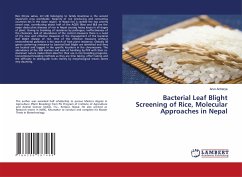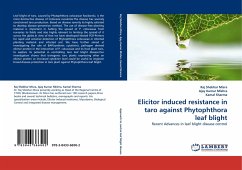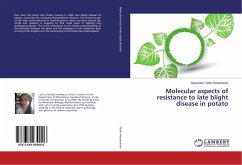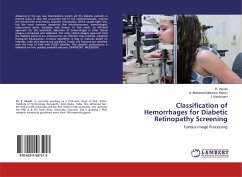Rice (Oryza sativa, 2n=24) belonging to family Graminae is the second important crop worldwide. Majority of rice producing and consuming countries lies in the Asian region. In Nepal rice is ranked the top priority cereal crop, contributing about half of the AGDP. Blast and BLB are the major destructive diseases of rice in Nepal causing heavy losses in all stages of plant. Owing to breaking of resistance by pathogen, ineffectiveness of the chemicals, lack of abundance of the control measures there is a need of the new and effective measures of the management of the bacterial leaf blight disease of rice. One of the effective measures without environmental pollutions is the search of host plant resistance. Globally 38 genes conferring resistance to bacterial leaf blight are identified and they are located and tagged in the specific locations in the chromosome. The abundance of the SSR markers and ease of handling by PCR with their co-dominant nature makes them ideal for their use inrice breeding programs. Conventional breeding methods as they are time taking, effort taking and the difficulty to distinguish traits merely by morphological means seems very daunting.








